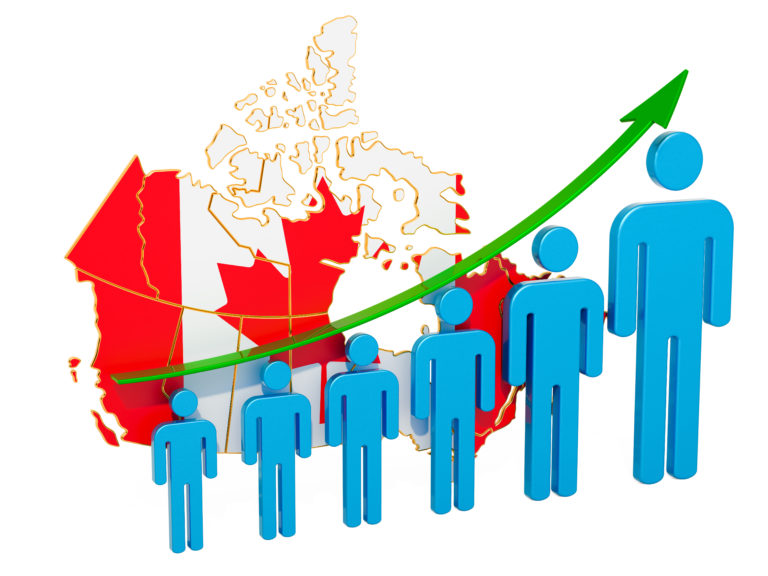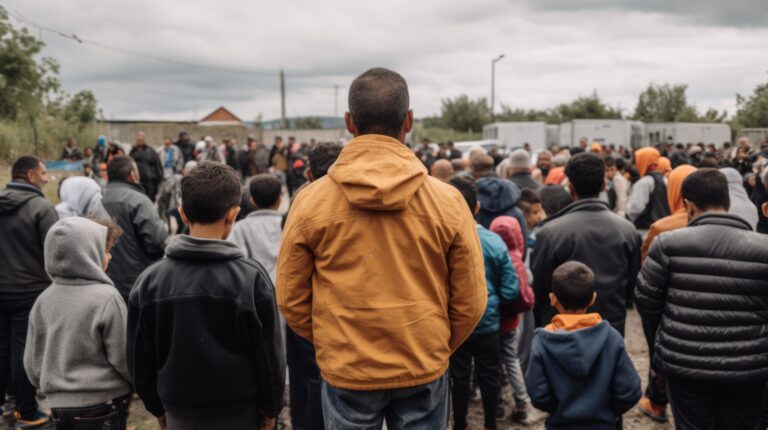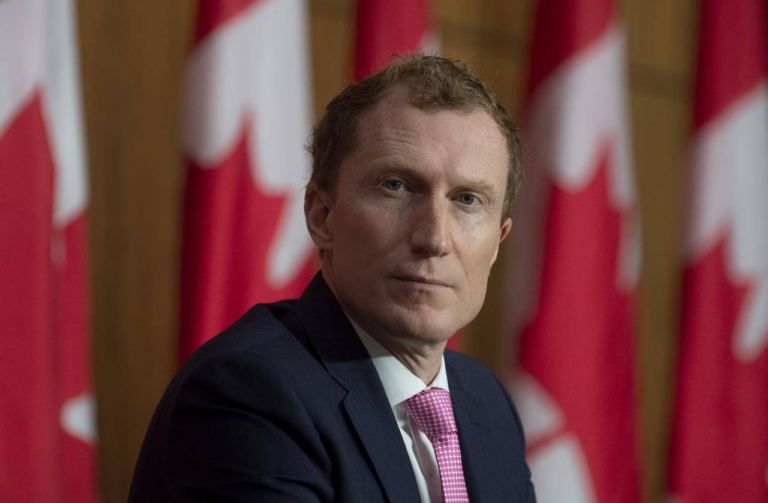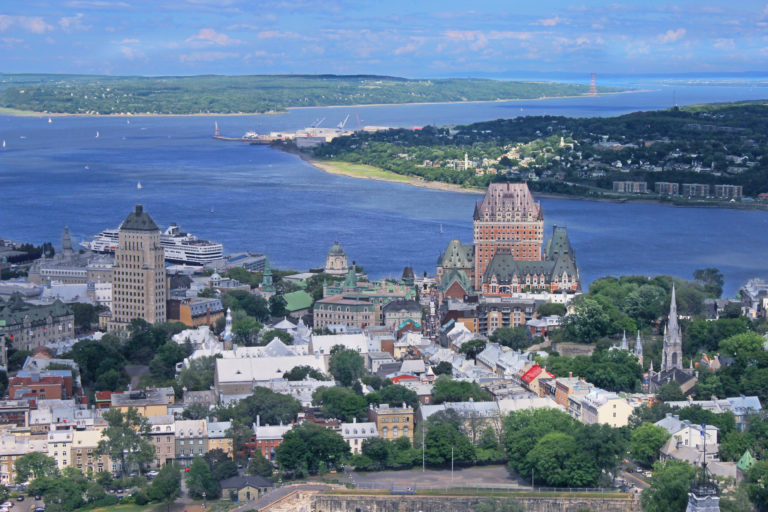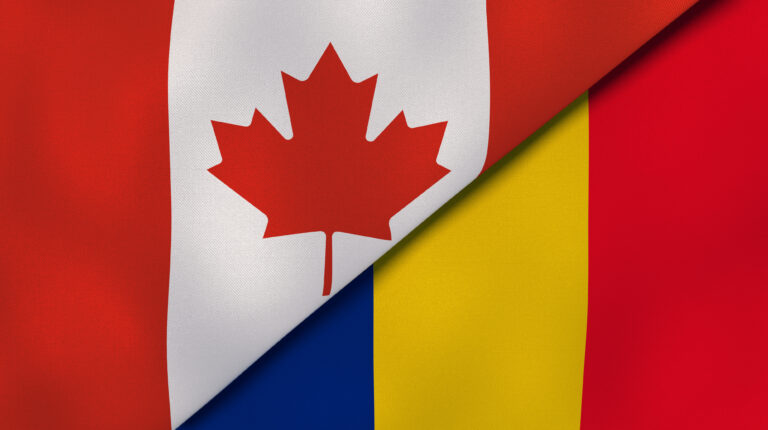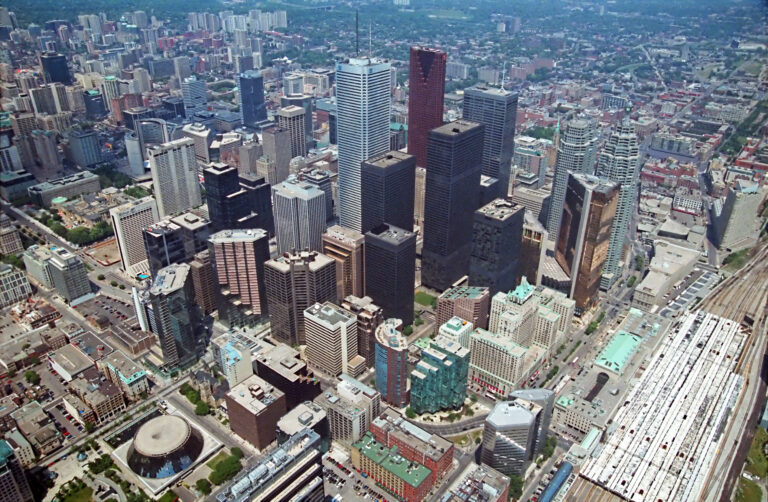The latest data from Immigration, Refugees and Citizenship Canada (IRCC) reveals Canada’s spousal sponsorship program rebounded by 8.7 per cent in October after a slump in the number of spouses and common-law partners immigrating to the country in September.
In October, Canada 5,145 new permanent residents through the spousal sponsorship program, up from 4,710 in September and 4,825 in August.
The rebound in spousal sponsorships in October outpaced the 4.3 per cent increase in total monthly immigration which rose from 32,180 new permanent residents in September to 33,570 the following month.
By the end of October, Canada had welcomed 64,760 new permanent residents under the spousal sponsorship program.
That puts the country on track, provided the current levels of spousal sponsorship arrivals maintains itself, to welcome 77,713 spouses and common-law partners as permanent residents to Canada under the program by the end of the year.
Read More Canada Immigration News
Gaza War: Canada Urged to Expand its Definition of Immediate Family
Canada‘s Immigration Pilot Allowing Sponsorship Of Undeclared Family Members Extended
Québec Solidaire Immigration Critic Urges Increased Family Sponsorship Immigration
That level of spousal sponsorship immigration would be 21.2 per cent higher than the 64,145 new permanent residents who immigrated to Canada under that program last year.
After maintaining a level of 6,230 new permanent residents under the spousal sponsorship program for each of the months of June and July when total monthly immigration to Canada topped 40,000 new permanent residents, the level of spouses and common-law partners fell by 22.5 per cent in August.
That same month, total monthly immigration to Canada also fell by 13.8 per cent to 35,055 new permanent residents.
Watch Video
The current projected level of spousal sponsorship immigration is in line with the target of 78,000 new permanent residents set by Ottawa for spousal sponsorships for this year.
Canada’s most populous province, Ontario, saw the greatest number of arrivals under the spousal sponsorship program with 34,395 spouses making it their home in the first 10 months of this year.
British Columbia Attracted The Second-Highest Number Of Spousal Sponsorships
The other provinces and territories attracted the following number of new permanent residents under the spousal sponsorship program during that period:
- Newfoundland and Labrador – 170
- Prince Edward Island – 110
- Nova Scotia – 775
- New Brunswick – 430
- Quebec – 6,395
- Manitoba – 1,785
- Saskatchewan – 1,150
- Alberta – 8,630
- British Columbia – 10,785
- Yukon – 75
- Northwest Territories – 45
- Nunavut – 15
When a Canadian citizen or permanent resident chooses to sponsor a spouse or common-law partner to immigrate to Canada, the sponsor must sign an undertaking, promising to give financial support for the sponsored person’s basic needs, including:
- food, clothing, shelter and their needs for everyday living, and;
- dental care, eye care and other health needs not covered by public health services.
This agreement cannot be cancelled, even if:
- the person sponsored becomes a Canadian citizen;
- the couple divorces, separates or the relationship breaks down;
- either the sponsor or the sponsored spouse or common-law partner moves to another province or country, or;
- the sponsor experiences financial problems.
EI Payments Considered Income For Sponsor Of Spouse
Maternity, parental and sickness benefits paid under the Employment Insurance Act in Canada are all considered income and contribute to allowing a person to sponsor a spouse or common-law partner but other payments from the government, such as employment insurance and federal training allowances, are not considered income.
On its website, IRCC provides estimates of the current processing times for various types of applications, including spousal sponsorships.
According to that website, the current processing time for sponsorship applications for spouses or common-law partners currently outside the country and planning to live outside of Quebec is now down to 12 months, a considerable improvement over the 20-month processing time last year.
That estimated processing time includes:
- the time needed to provide biometrics;
- the assessment of the sponsor and the person being sponsored, and;
- the time immigration officials need to ensure the sponsor and his or her spouse or common-law partner meet the eligibility requirements.

